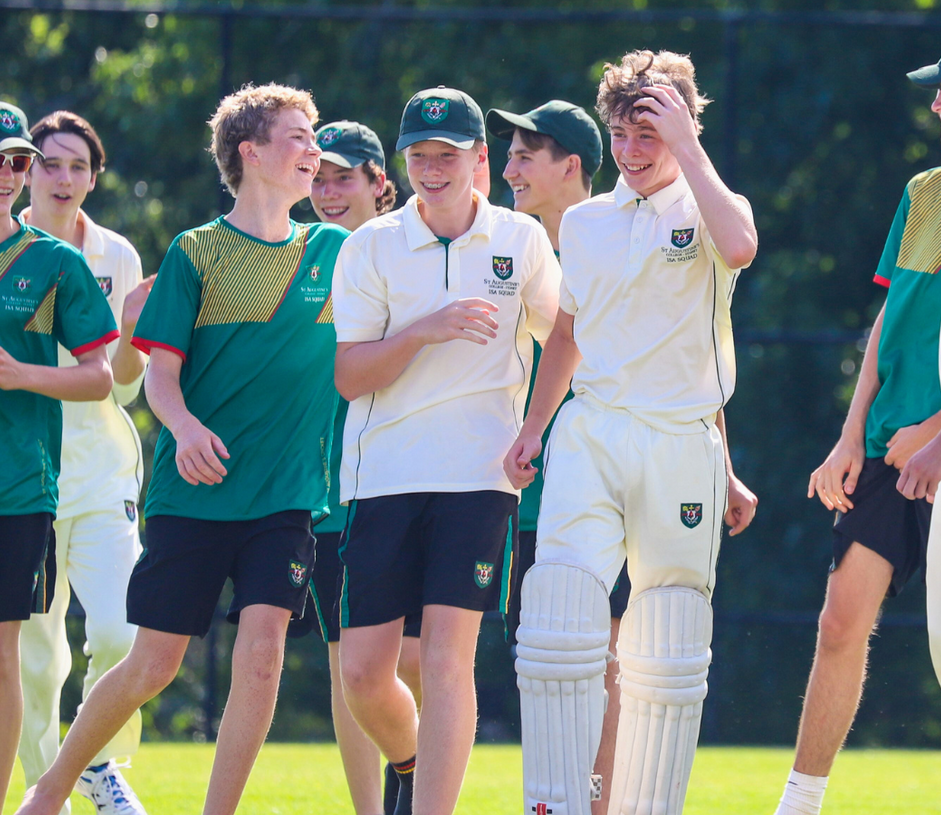AC Joint Injuries and Stingers
Acromioclavicular (AC) Joint Injuries
The acromion is the bony prominence off the top of the shoulder blade and the clavicle is the collar bone. These bones meet at the tip of the shoulder. An injury to the AC joint involves damage to the ligaments that hold this joint together.
AC joint injuries are graded on a scale from 1-5. Grades 1-3 are the most common, starting with mild displacement of the joint through to elevation of the tip of the clavicle and a visible ‘step deformity’. Grades 4 and 5 are less common and involve large displacement of the clavicle, these ones often result in surgery.

Treatment of an AC Injury
Initially, treatment is like other sporting injuries with rest, ice and in severe cases immobilisation in a sling. Broadly speaking Grade 1 injuries take 2 weeks, Grade II about 4 weeks and Grade II about 6 weeks.
Following the initial period of rest, physio can help to restore range and guide you on rotator cuff strengthening to get your shoulder ready for sport again. If you’re planning on playing contact sport, a protective pad can be worn to offer some protection for the joint.
I am left with a lump following the injury, does that matter?
No. Research has found that this minor deformity does not inhibit or change your shoulder function long term, so no need to worry about it.
What exactly is a stinger?
Stingers are an injury to the nerves running through the upper arm. The name comes from the stinging sensation they produce.

The typical mechanism of injury is when making a tackle, the shoulder is pulled back in one direction and the neck is pulled in the opposite direction. This creates tension on the nerves running through the area and causes the stinging sensation.
A typical stinger will only be in one arm, settle by itself and last for maximum of a few minutes.
It’s time to seek treatment if:
- You have symptoms in both arms.
- You experience weakness that last for days.
- You experience neck pain that also lingers.
- Your stingers are starting to last a lot longer than a few minutes.
Shoulder Dislocations and Subluxations
The shoulder is a ball and socket joint, this type of joint allows us to move our arms through a large range of motion. With excessive range, often comes an element of instability. Forced into too much range, the ‘ball’ part of the joint (top of the upper arm bone or Humerus) will partially (subluxation) or completely (dislocation) move out of the socket part of the joint.
The socket, known as the glenoid, is reinforced around it’s rim by a piece of cartilage called the ‘labrum’. This acts like a rubber seal around the rim. Its job is to add some depth to the joint and therefore stability. There are also ligaments and a capsule encasing the joint. Any of these structures can be damaged in either a subluxation or a full dislocation. An MRI is the most ideal scan to have following an instability episode with the shoulder. X Rays will not show the detail in these structures, it will only show the bony components.
Not all shoulder instability episodes require surgery. The extent of damage to structures within the shoulder and its effect on overall stability levels are often the determinants of whether surgery is required or not.
Once consulted with a shoulder specialist, the two treatment options are either: surgical stabilisation (if it is deemed unstable) or conservative rehabilitation (if it is deemed stable) with a physio and a trainer in the gym.
Four main muscles supply a large proportion of the strength for the shoulder, these are called the rotator cuff muscles. Think of them as core muscles of the shoulder, retraining and strengthening the rotator cuff muscles is crucial following either a subluxation or full dislocation that required surgery.





